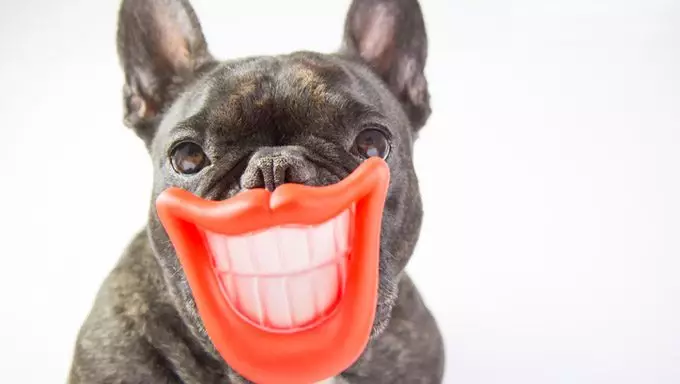Bad breath in dogs is often a delicate subject that many pet owners hesitate to address. Nevertheless, it is a reality that can have deeper implications for a canine’s overall health. While the occasional foul odor can be a minor inconvenience, persistent bad breath is frequently a symptom of underlying dental issues. These problems can escalate significantly, leading to severe health complications and, in extreme cases, even mortality. Thus, paying attention to your dog’s oral hygiene is not only advisable but essential for their long and healthy life.
It’s crucial to note that dental diseases are surprisingly prevalent among dogs, becoming one of the primary factors contributing to pet fatalities. Conditions such as periodontal disease can lead to pain, infection, and various systemic health problems affecting vital organs, making it vital for pet owners to maintain good dental practices. Bad breath, medically known as halitosis, often serves as an early warning sign of these potential dangers. Therefore, addressing bad breath directly can pave the way for long-term dental health and overall well-being.
While some owners may assume that bad breath can be masked with breath freshening treats or sprays, this approach should not be the default solution. If your dog’s oral odor becomes intolerably strong or is accompanied by other troubling symptoms—such as difficulty eating, swollen gums, or excessive drooling—it is crucial to seek veterinary advice immediately. Your veterinarian can perform a thorough oral examination, taking necessary steps to diagnose and treat any dental issues while providing tailored recommendations for your dog’s specific needs.
Instead of solely focusing on quick fixes for bad breath, it’s wise to adopt preventive measures for better oral hygiene. Regular teeth brushing using dog-safe toothpaste can be significantly beneficial. Additionally, incorporating dental chews and toys designed to reduce plaque build-up can complement brushing efforts. Consistent routine veterinary check-ups are also essential, as they allow for professional cleanings that can prevent dental diseases from developing.
Furthermore, dietary choices play a role in your dog’s oral health. Certain kibble types are formulated to promote dental hygiene by encouraging chewing, which can help scrape away plaque. Adding raw vegetables, like carrots or apple slices, can serve as a natural way to clean teeth while offering nutritional benefits.
Addressing your dog’s bad breath is more than just a matter of aesthetics; it is a significant component of their overall health. Taking proactive steps to ensure proper dental care can lead to a happier and healthier pet. Remember, open communication with your veterinarian can guide you through the complexities of your dog’s oral health. So, the next time you notice a less-than-pleasant scent emanating from your furry friend’s mouth, take it as a cue to be proactive in promoting dental hygiene and well-being.

